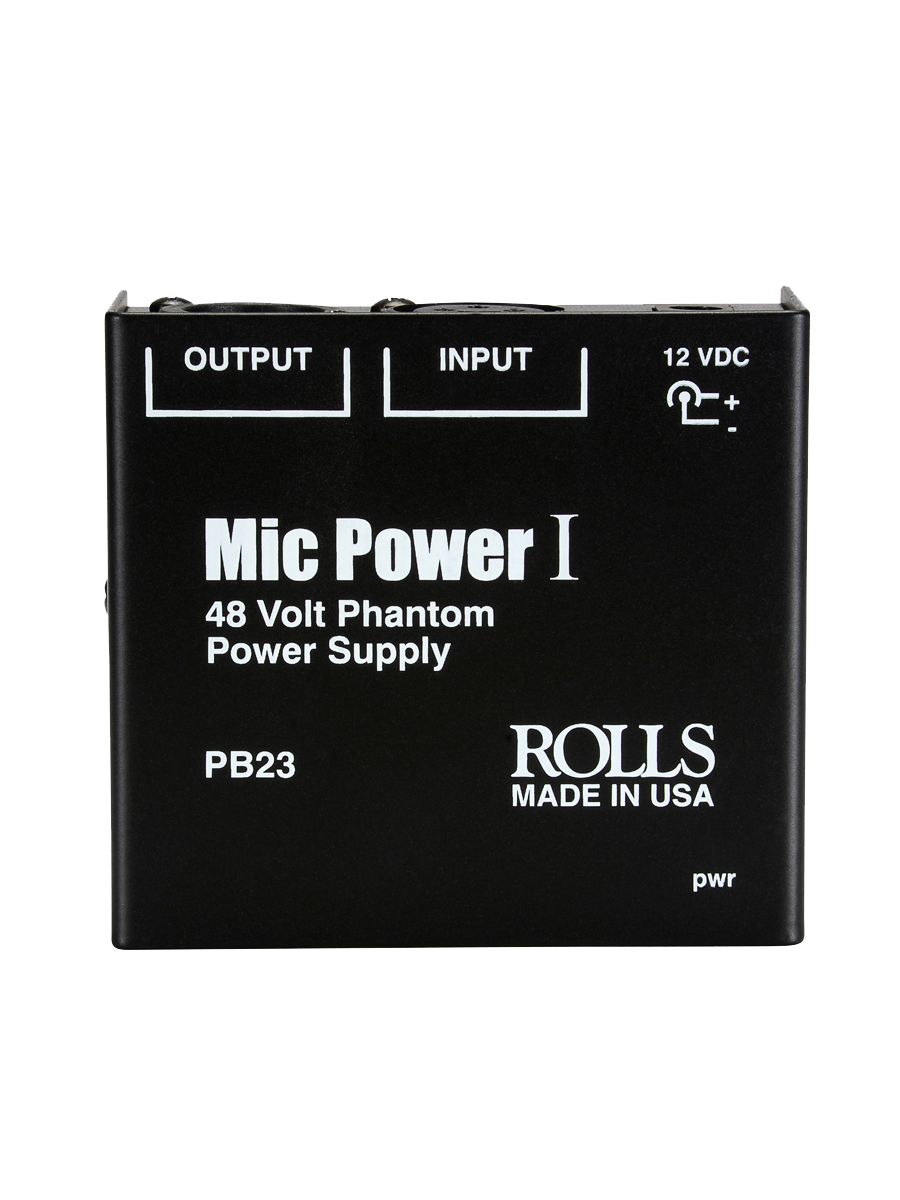Good question. This is something that’s not necessarily intuitive when you first start working with your Ear Trumpet mic, and that’s okay! Once you figure it out you’ll feel like you’re in a secret club of great sounding performers.
On the models with silver faceplates (Edwina, Edna, Myrtle, Delphina, and Evelyn) the silver screw heads are visible on the front of the microphone (faces the performer or sound source) and the brass nuts are on the back (faces the audience in a live setting).
On the mics made out of tea balls (yes, those were originally intended for loose leaf tea), the front is the side without a screw in the middle of the ball, and the back is the side with the screw.
The Mabel has perhaps to most subtle indicator of all— the screw on the copper body of the microphone indicates the back. The Omni indicator (O) on the top of the mic should be on the left-hand side, and the Figure-8 indicatior (8) should be on the right.
So if you’re rushing to set up for a show and something doesn’t sound quite right, or there’s a bit more feedback than normal— double check that the mic isn’t backwards. It happens to the best of us.
(We’ve had people tell us that ours was the best-sounding mic on stage— even backwards!)





















 >
>